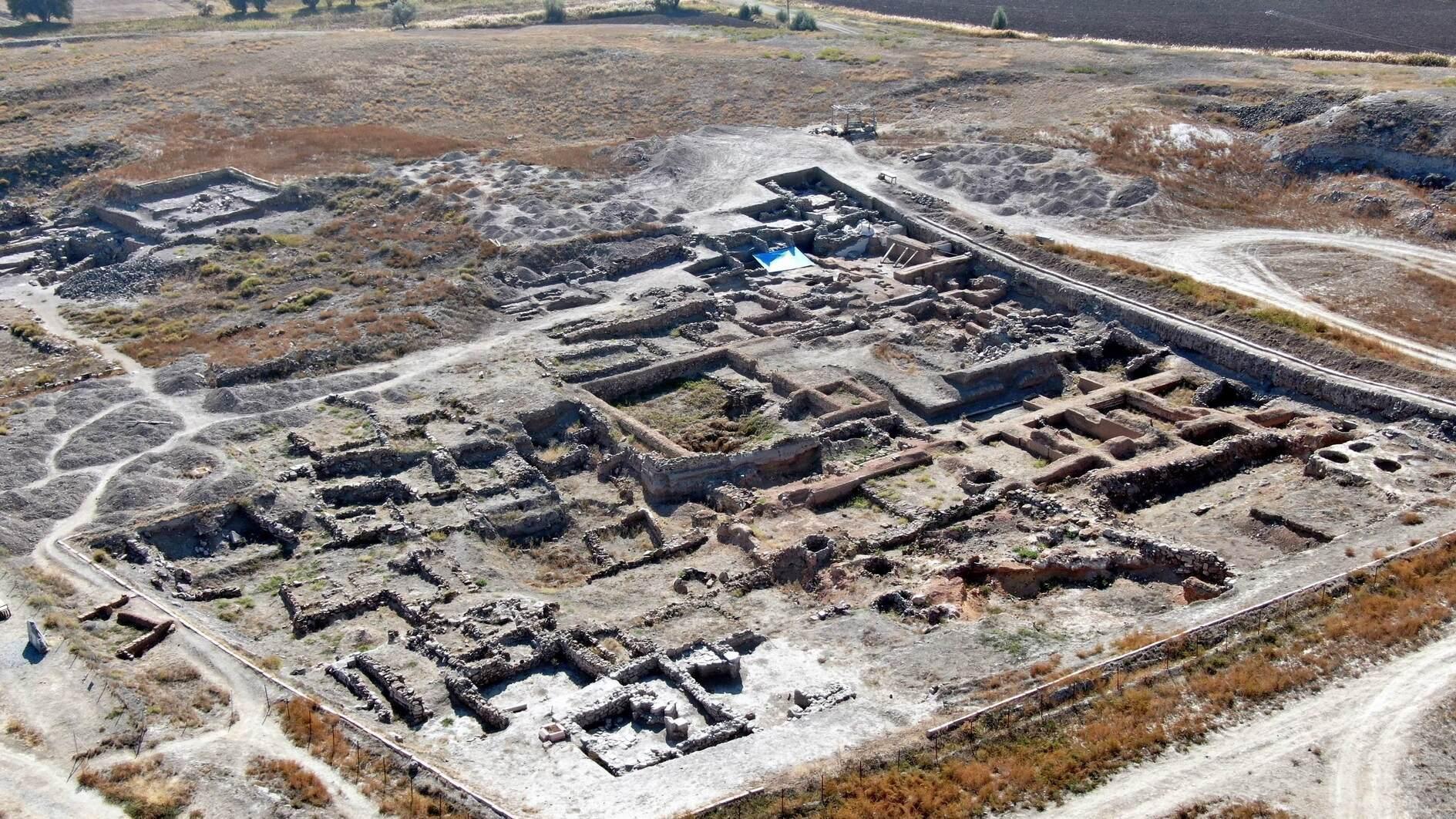
Archaeologists have unearthed intriguing details about the daily life in ancient Anatolia, thanks to tablets found in the Kültepe-Kaniş-Karum ruins of Kayseri in Central Türkiye.
These documents dating back 4,000 years, reveal the existence of a unique cheese known as “Kültepe Cheese.”
The head of excavation at the Kültepe-Kaniş-Karum Ruins, Professor Fikri Kulakoğlu, explained that the tablets indicated a specialized cheese that was essential part of life in the region.
“It is understood from the tablets that there was a cheese called ‘Kültepe Cheese’ in the region 4,000 years ago,” he said.
The excavation, which is located on the Kayseri-Sivas highway, is now in its 76th year and is known as “the place where Anatolian history began.”
Kulakoğlu emphasized the historical significance of these findings, stating that they provide a deeper understanding of life in ancient Anatolia.
According to Kulakoğlu, the special nature of this cheese was noted in various documents from the period.
“People took this cheese with them while traveling,” he added. This tradition of carrying cheese and other preserved foods during journeys has continued in the region, which is known today for its “pastırma” (a spiced dry meat).
“People at that time took boxed, sliced and dried meat with them on their journeys. Even today, it is similar to preparing a normal sandwich in today's conditions.”
There is also another interesting by-product: cheese.
“Four thousand years ago there was a cheese called ‘Kaniş Cheese.’ We read from these tablets that they took this with them. Obviously, whatever is in today's geography, we see the same products in a similar way 4 thousand years ago."
The tablets provide insight into agricultural and animal husbandry practices of the time.
“Ancient Anatolia had similar conditions in that period as it does today in terms of agriculture and animal husbandry,” Kulakoğlu explained. “As a matter of fact, perhaps the traditions that came before have continued until today, without interruption. There is a serious continuity.”
“What is special about Kültepe is that we see the names of all kinds of objects that we would not name before in the documents left by Assyrians,” Kulakoğlu concluded.